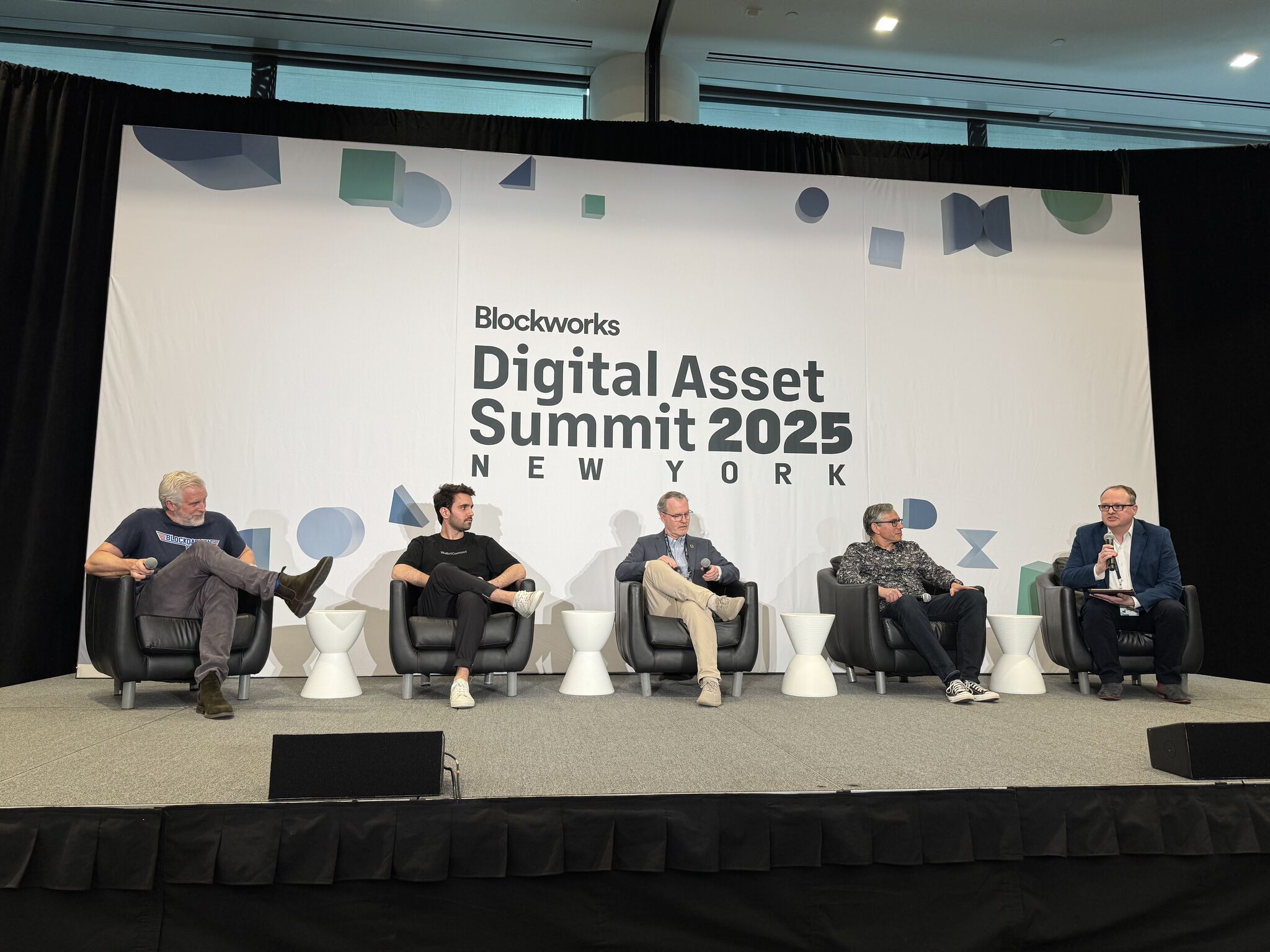With the introduction of a new technology, it takes a global standards organization with a world-class testing and certification program to drive global adoption. In the EEA’s “Why Standards” document, free to download, provides a look at why historically, this is true across a wide range of technologies.
How Standards Drive Global Interoperability
In the telecommunications space, for example, consumers can buy a mobile phone knowing it will work. The reason why is that the phone has gone through certification testing to the 4G mobile communications standard “LTE.” As a result, the phone will work globally with all telecommunications providers. Not only does the buyer get to choose their preferred phone model and operating system, but when they put in a SIM card, they have a high degree of trust the phone will work with the operator of their choice. The open standard model that ensures multiple-vendors of choice in this telecom scenario is no different from the standards-based approach that will help accelerate the development of the enterprise blockchain market.
Why Proprietary or Single-Vendor Solutions May Arrive First, But Hinder Interoperability
Proprietary or “single-vendor” solution providers ultimately have fundamental differences that have historically hindered them from surviving once the global standard emerges. These solutions tend to be costlier due to the lack of a specification defining preferred features and performance parameters. Without a specification or framework to build blockchain solutions, a vendor’s internal development team faces greater development challenges with limited resources to define from scratch the requirements, technical implementations, and benchmarks needed to build, verify and validate their solution.
The EEA believes that by taking the lead to deliver a standards-based approach, the organization is now the defacto standards organization for Enterprise Ethereum blockchain – one that is backed by the largest developer community in the world and a global member-base. To learn more about joining the EEA, visit https://entethalliance.org/membership/ or reach out to EEA about membership at [email protected].


